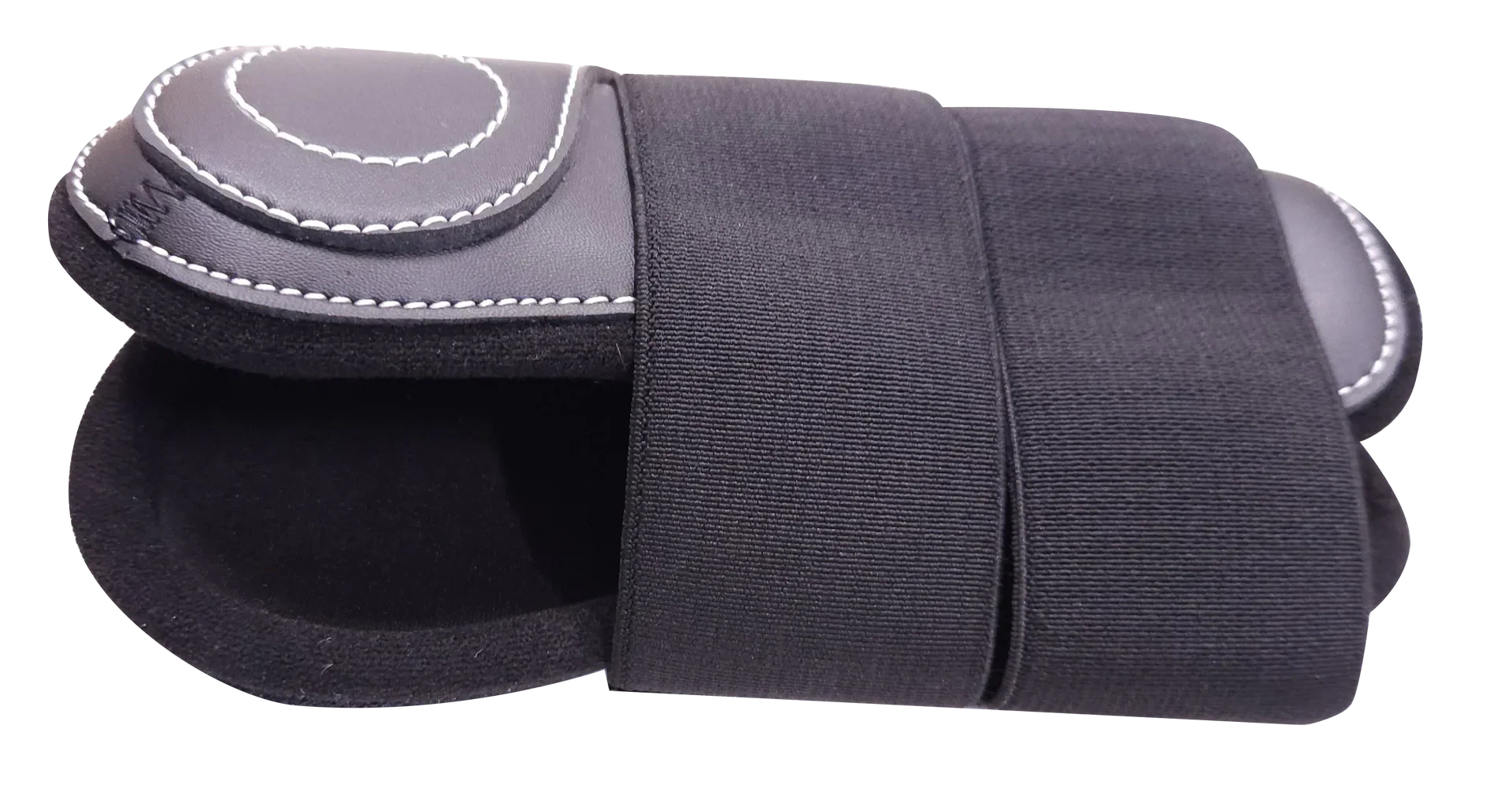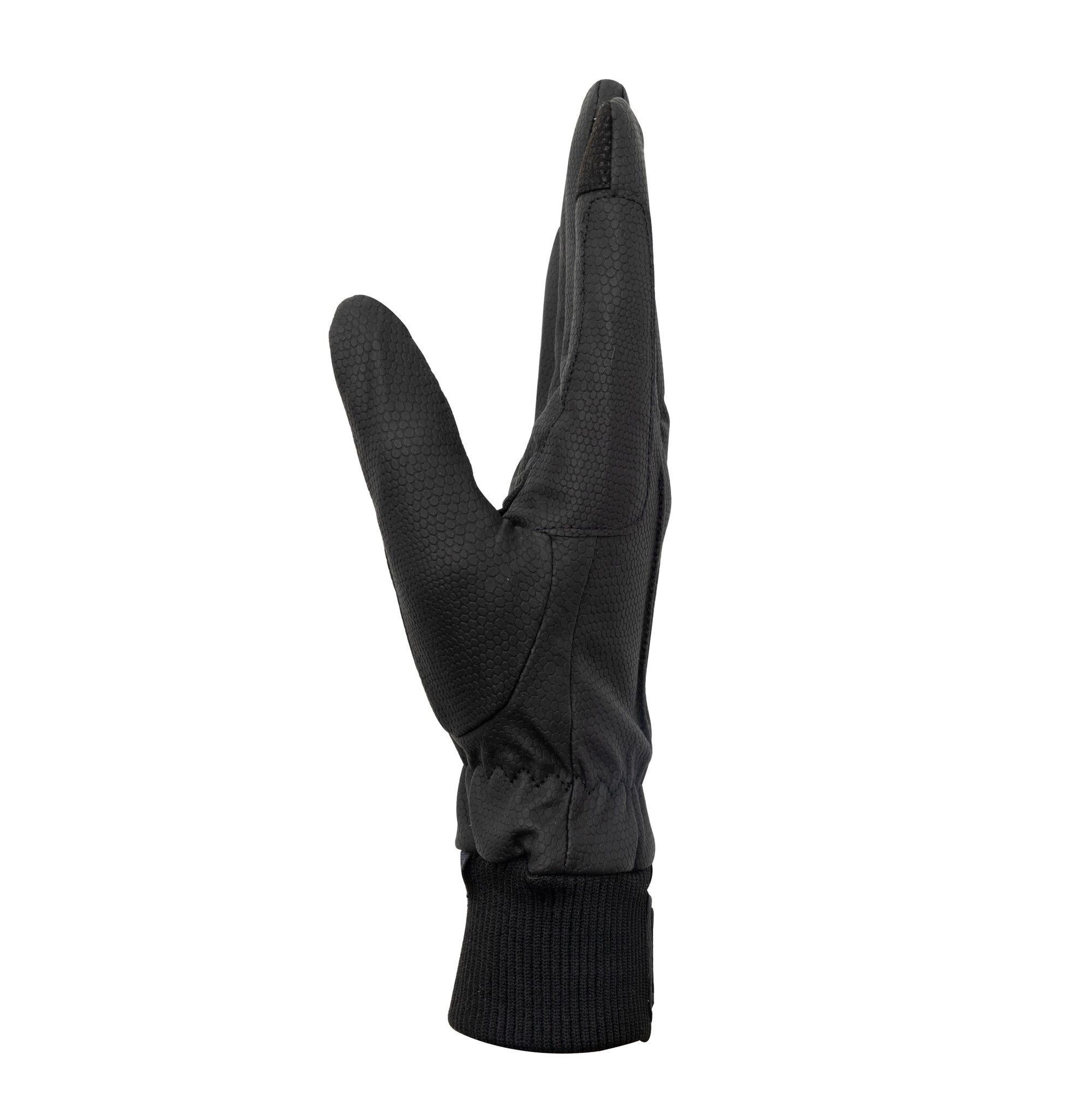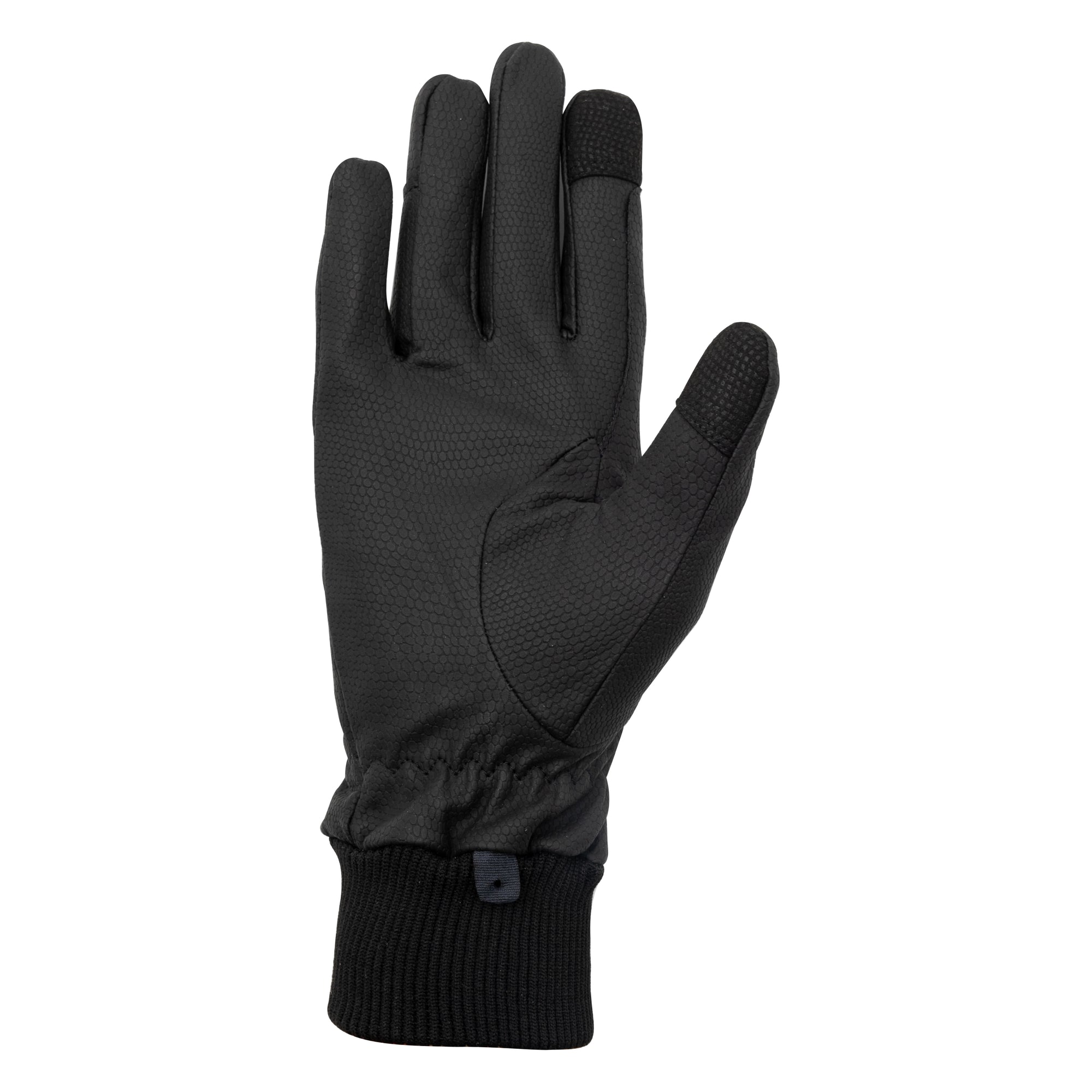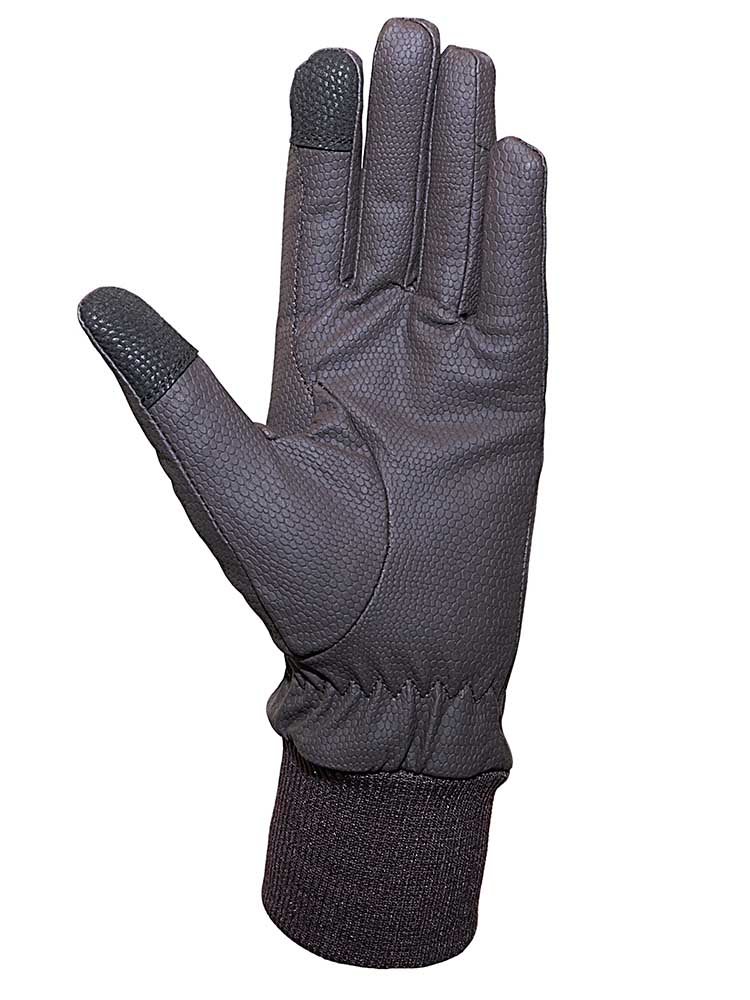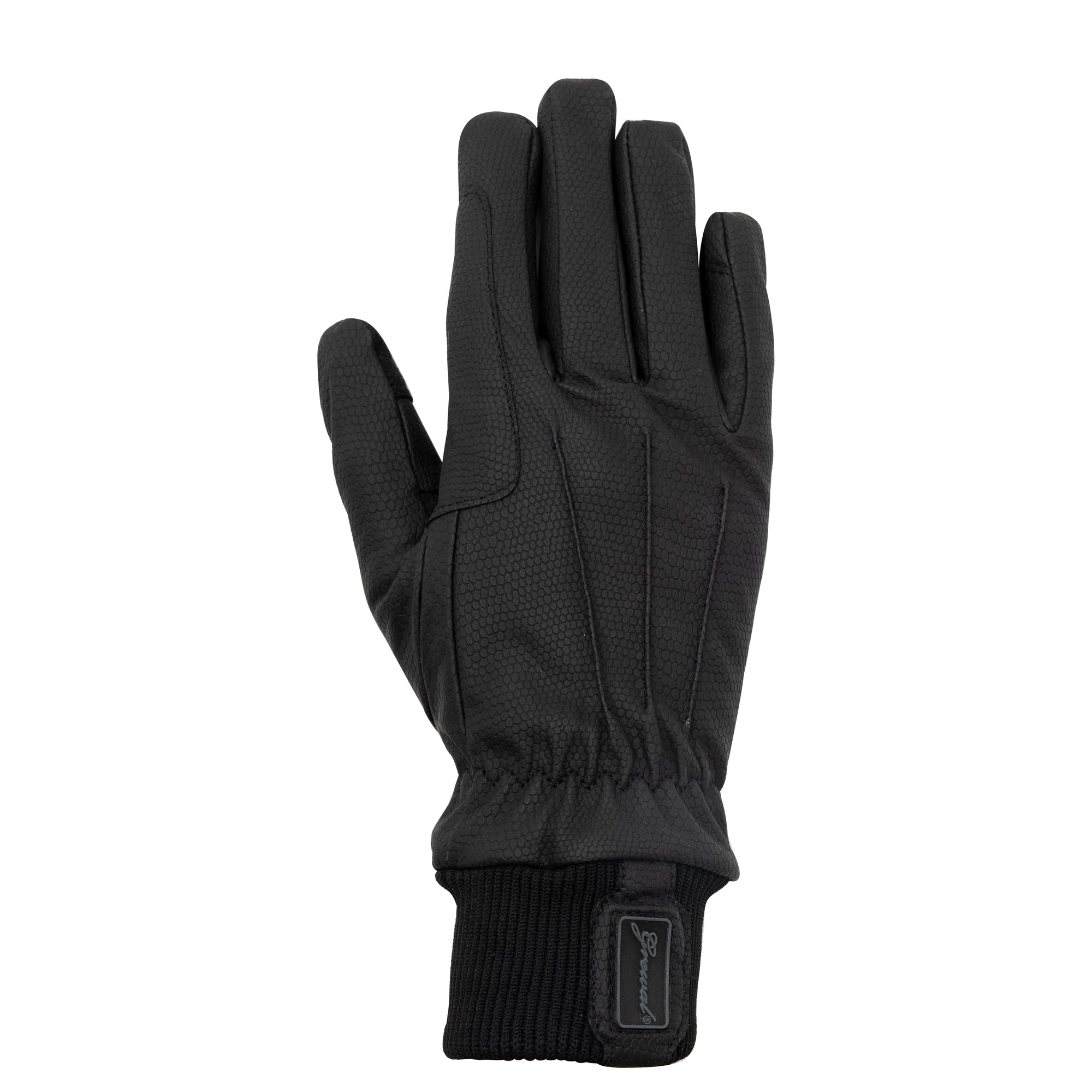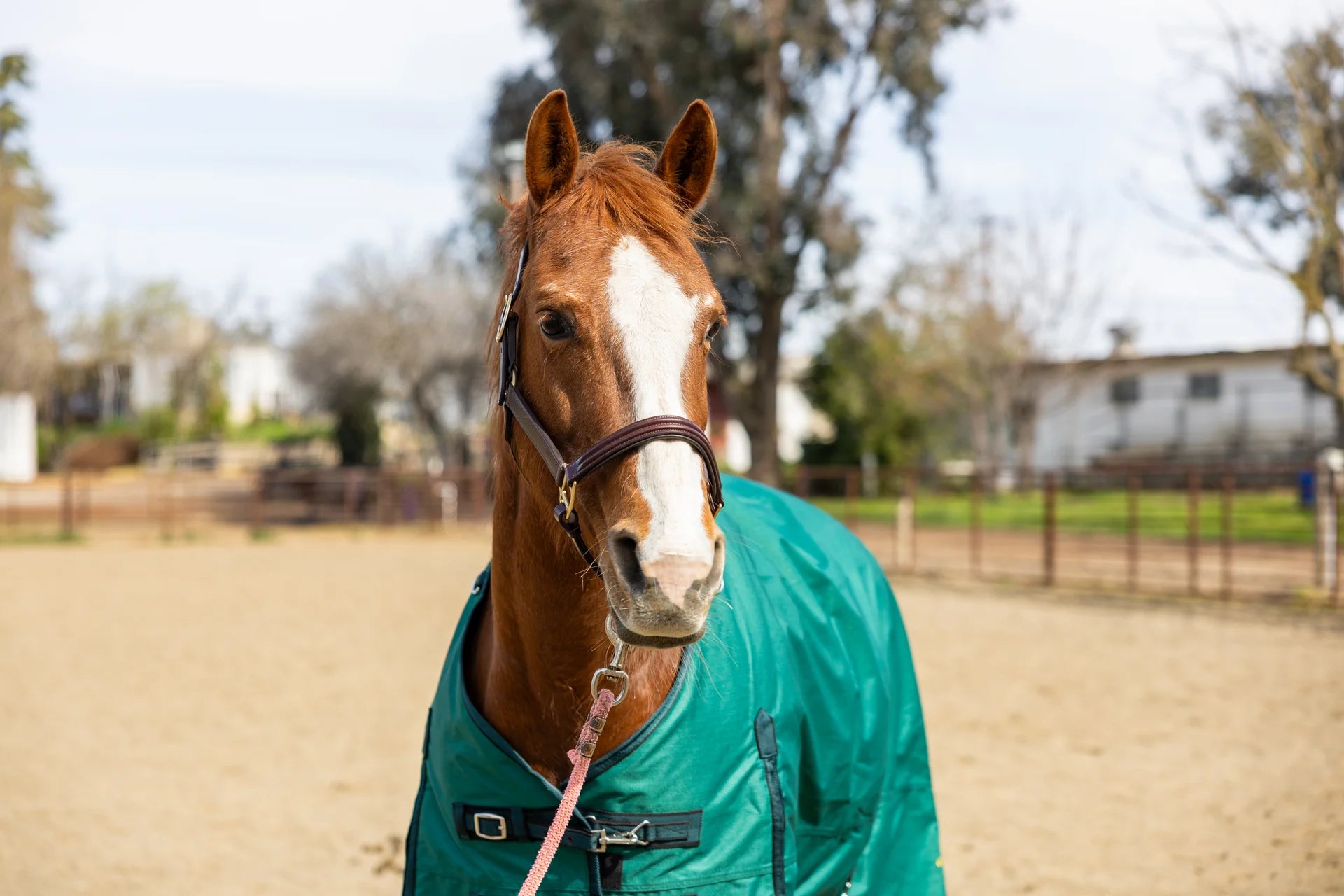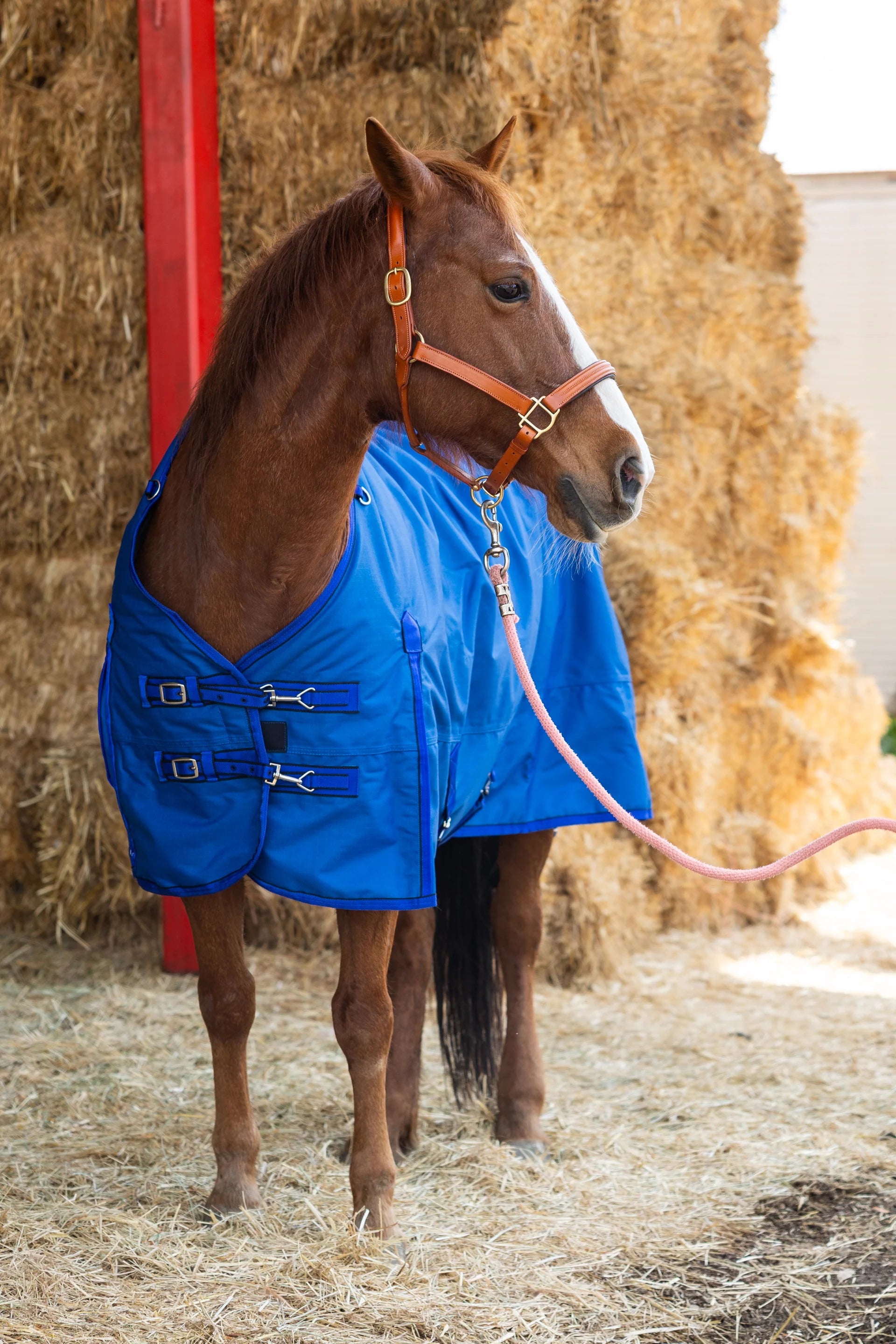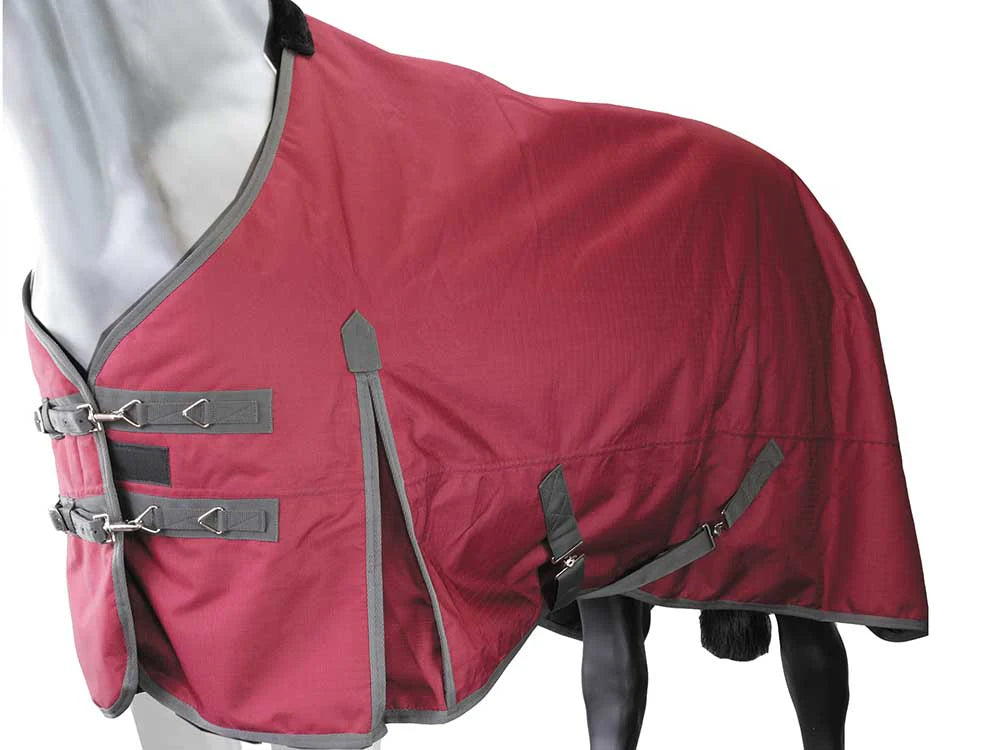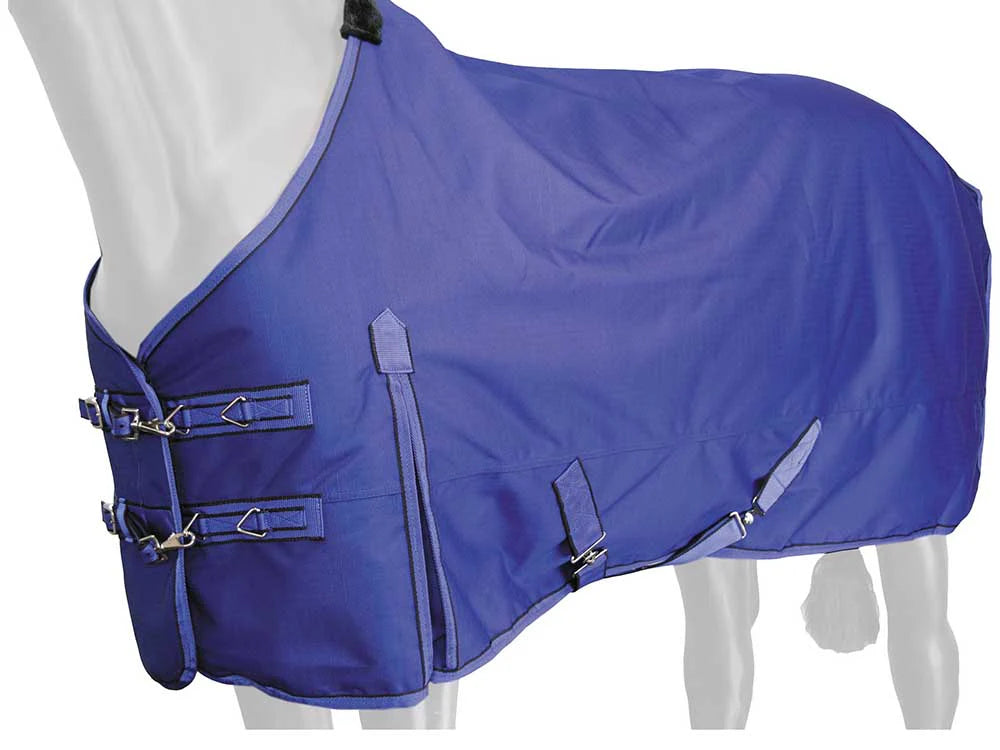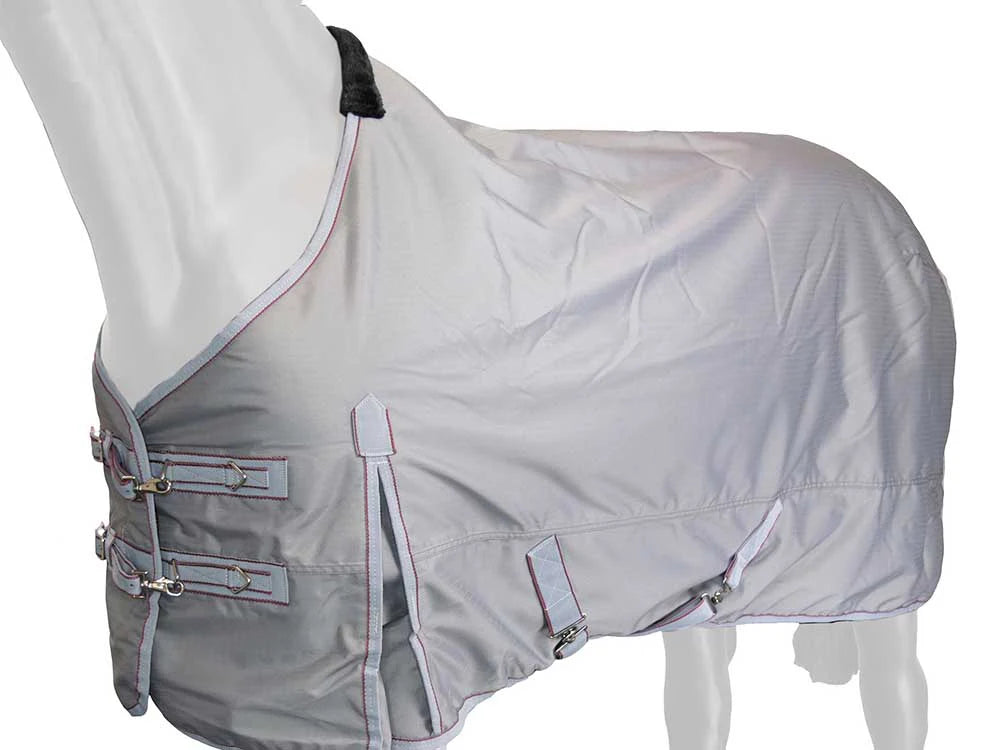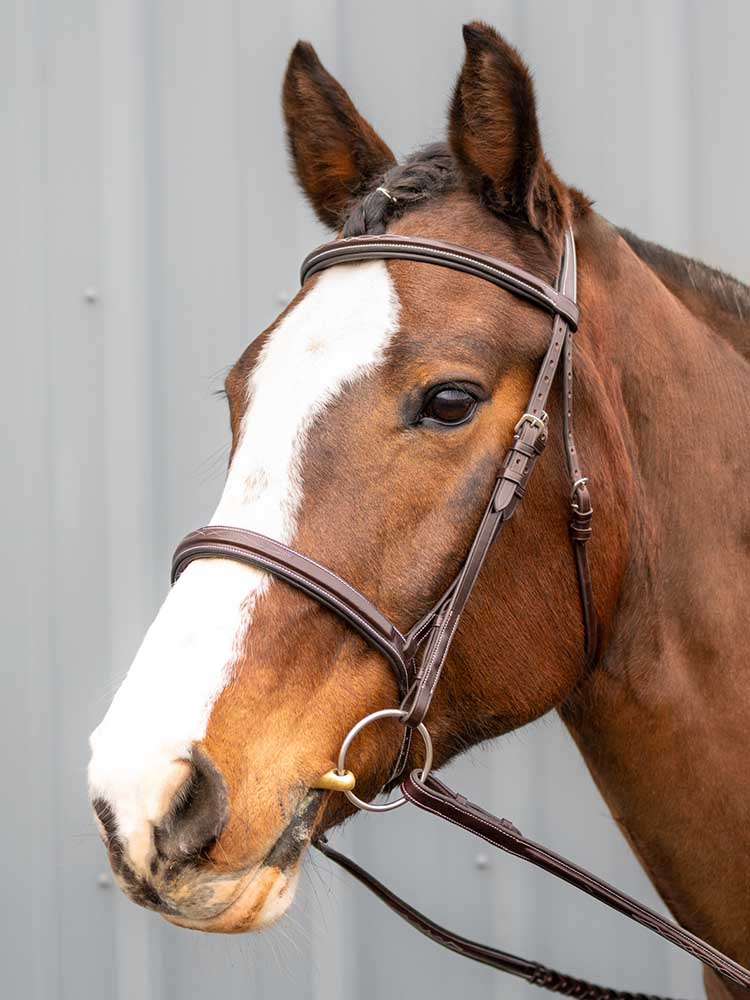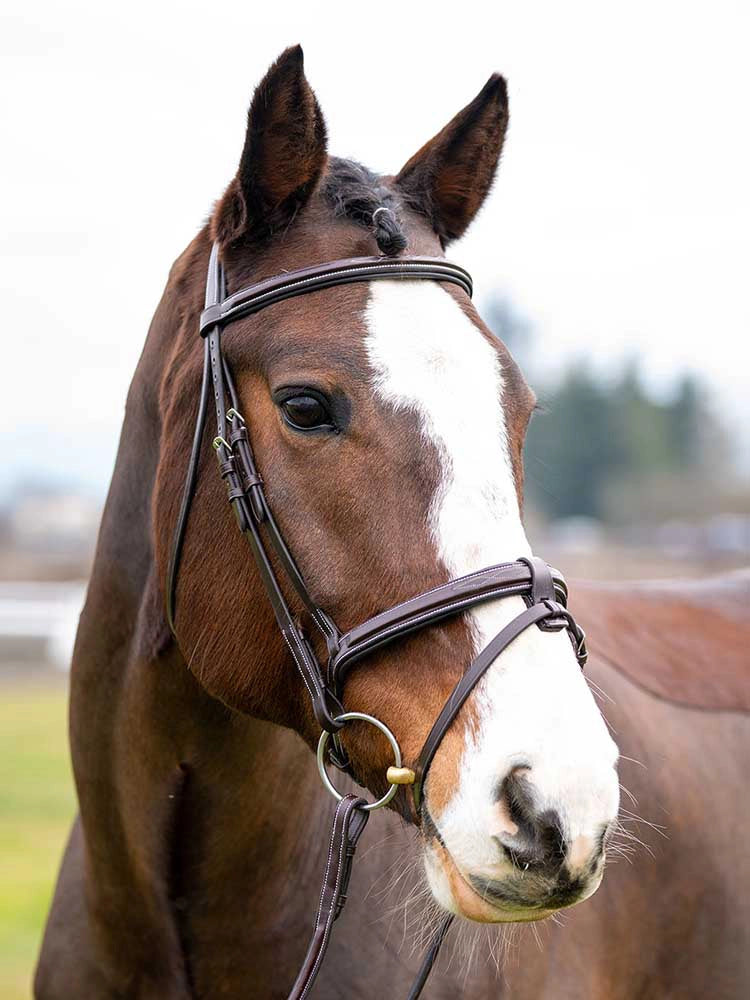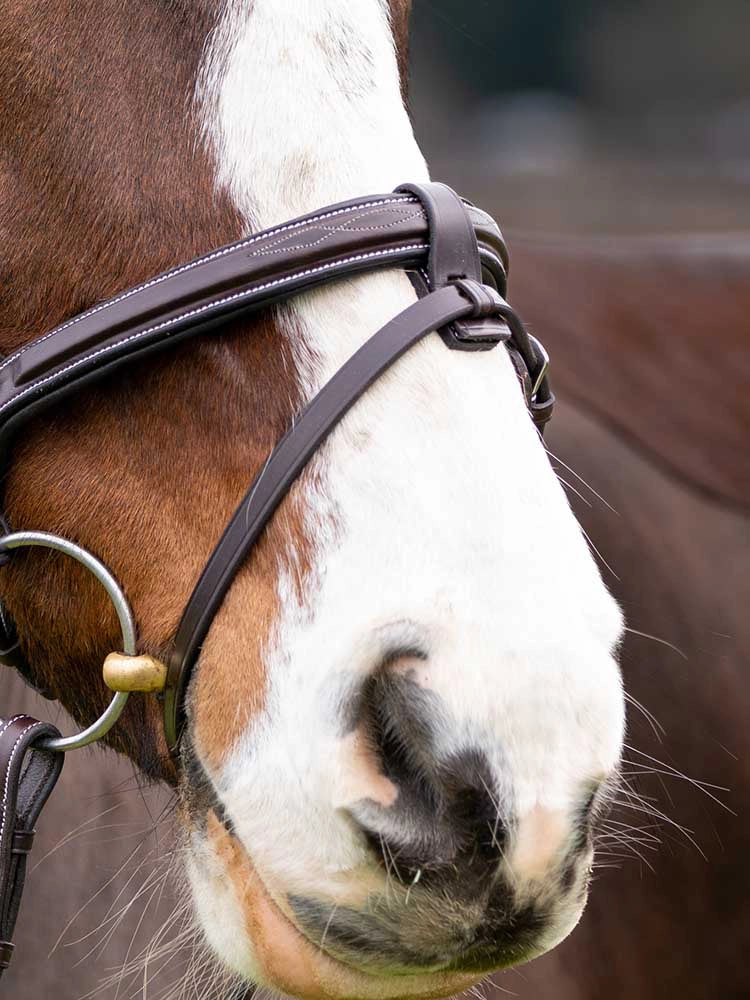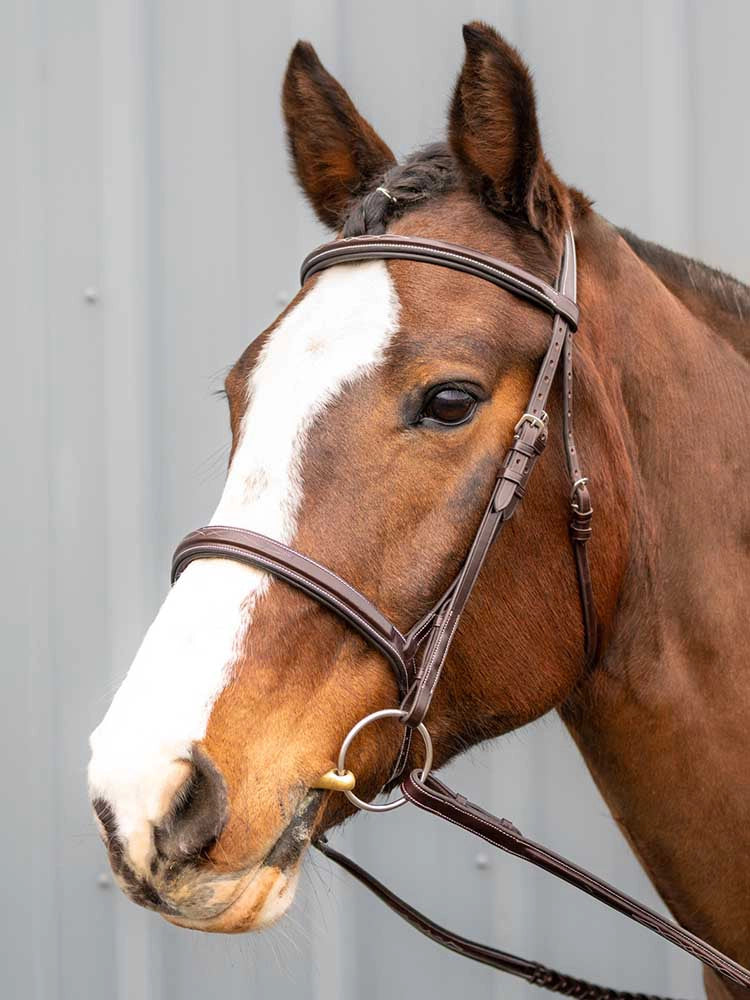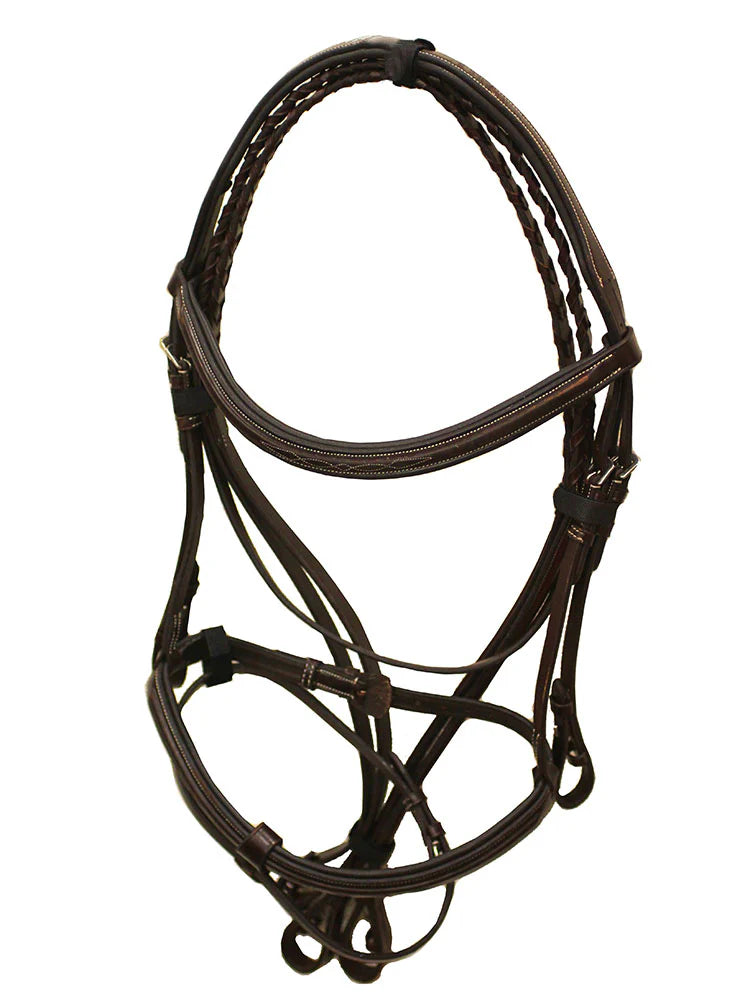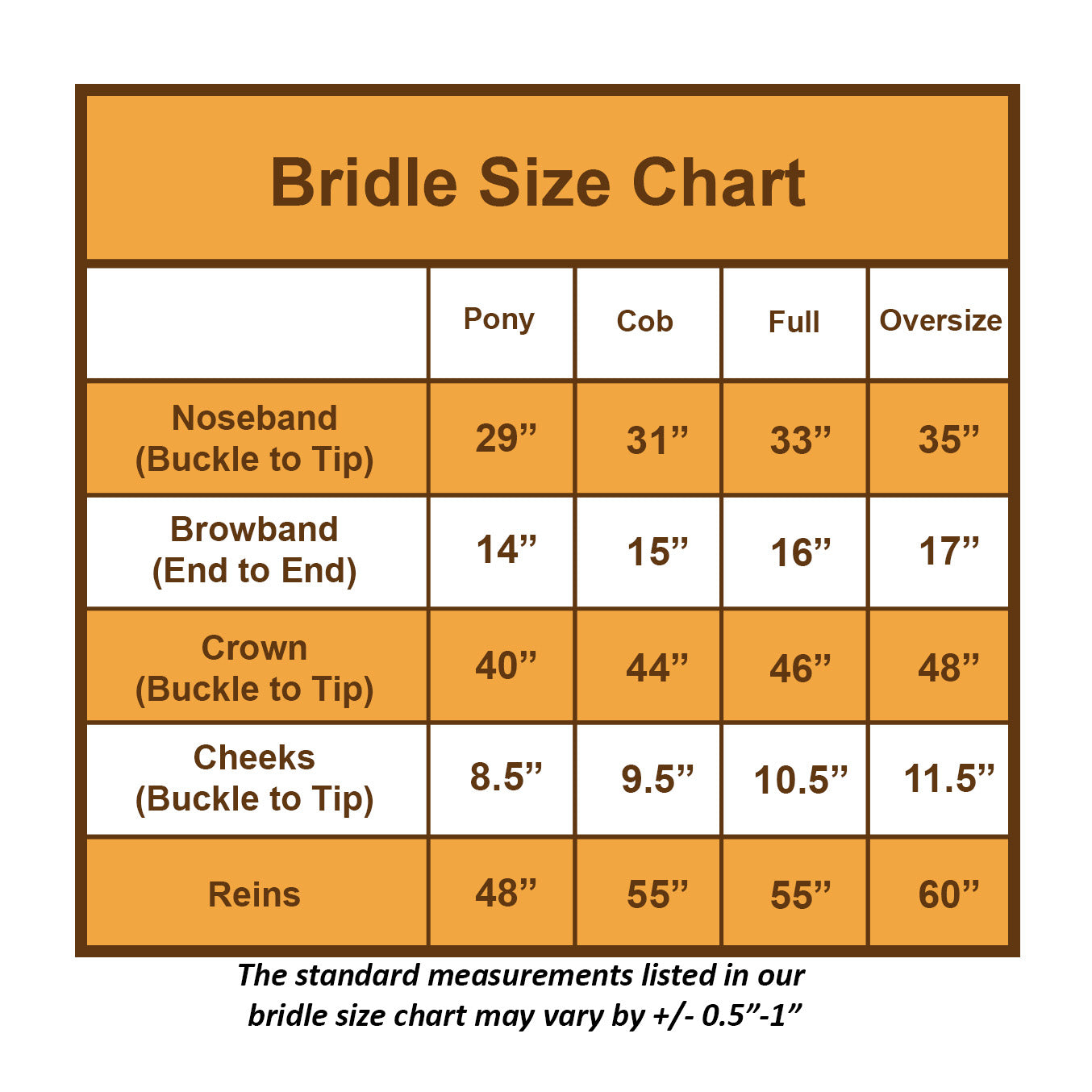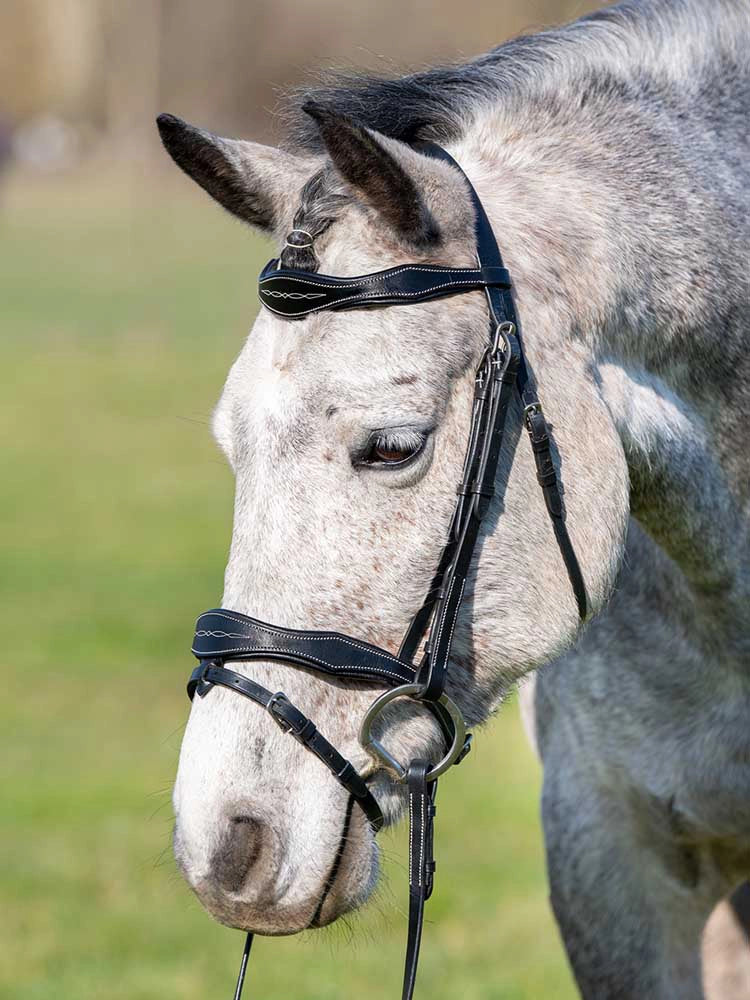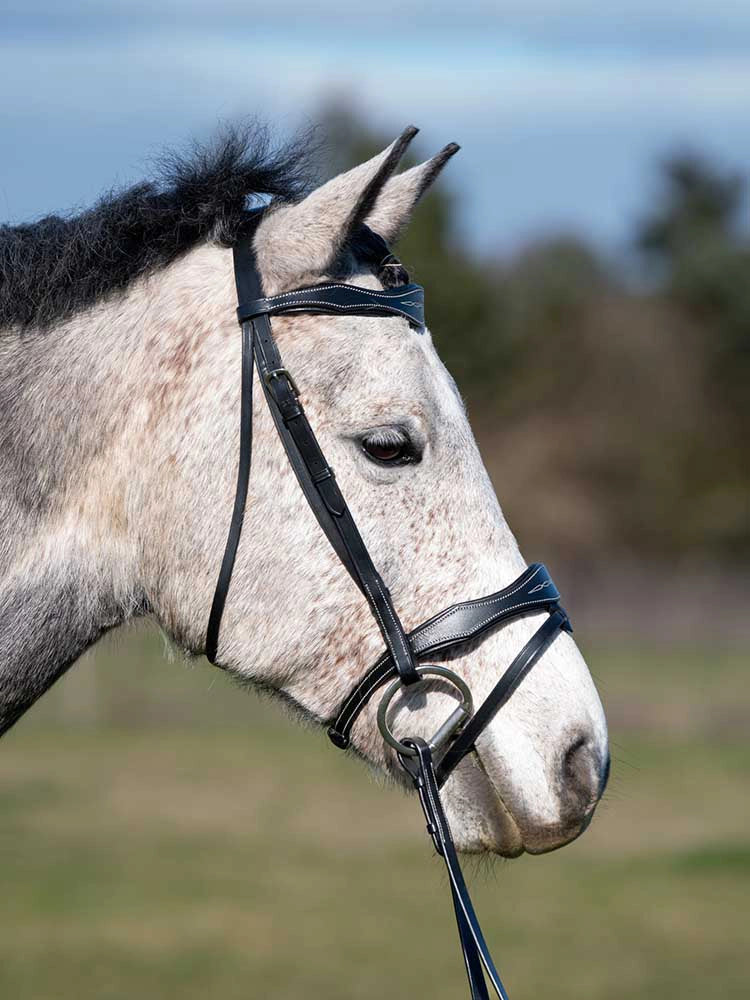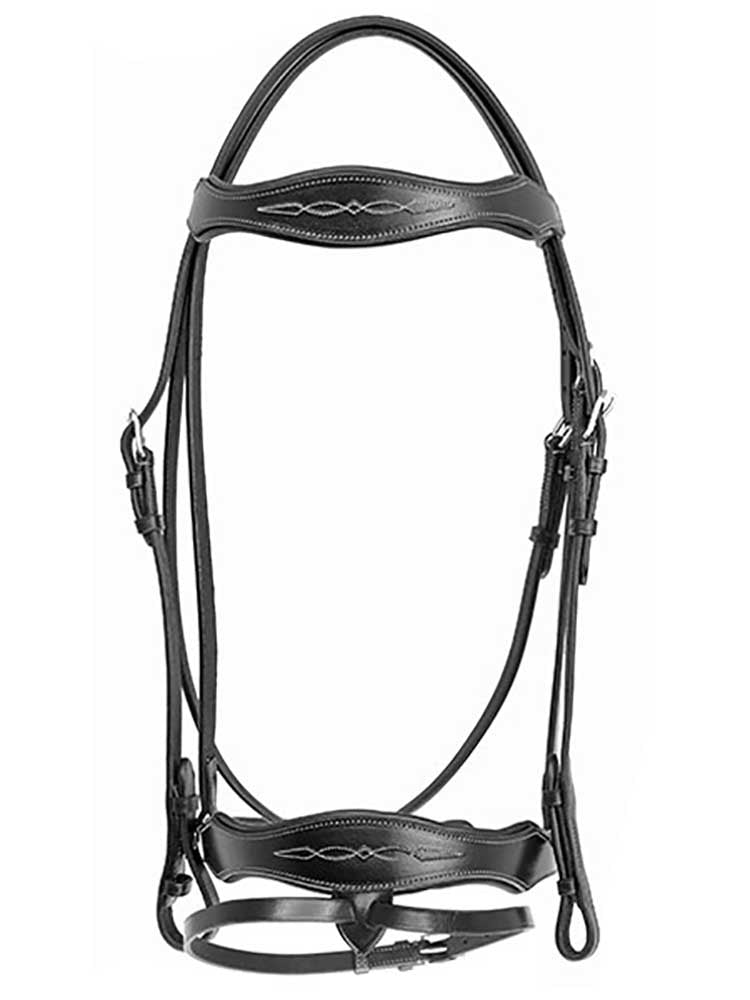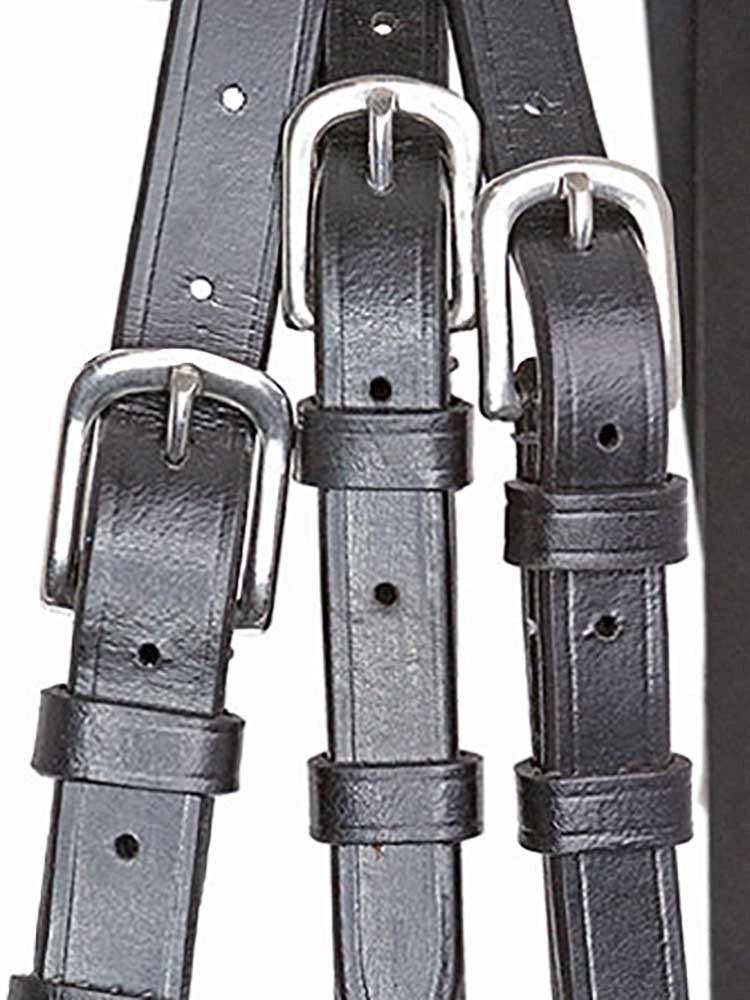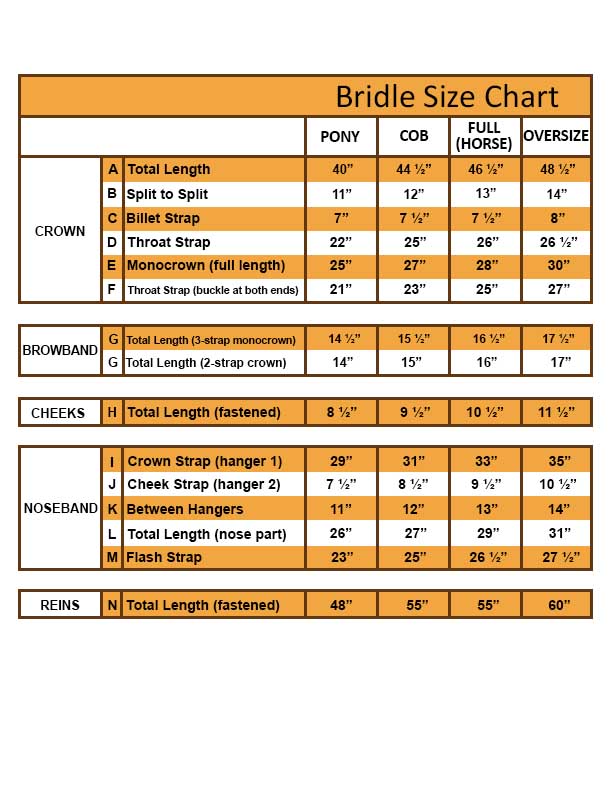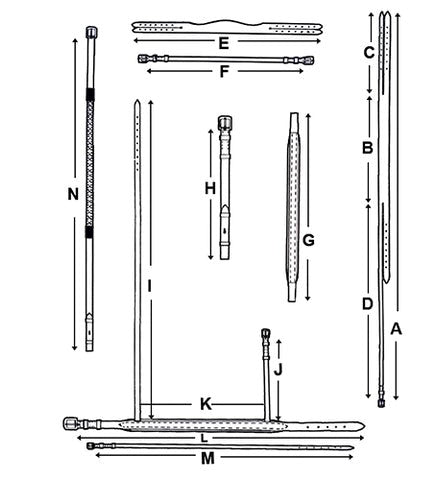Protecting your horse’s legs is essential, especially if they’re involved in fast-paced, high-impact activities like jumping or eventing. There are horse boots that wrap around the entire area of the leg from just below the knee down to and including the fetlock joint. These include all purpose boots, splint or brushing boots, cross country boots and sport boots. Another type of protective gear you'll see on performance horses is open front tendon boots. But what exactly do tendon boots do? Do all horses need them? And how do they differ from other types of boots, like all purpose splint or brushing boots? Let’s break it all down.
What Are Tendon Boots?
Open front tendon boots are designed to shield the delicate tendons running down the back of a horse’s front legs from impact and injury. They’re built for protection during athletic work, typically featuring a sturdy outer shell to absorb shock and a soft inner lining for comfort. Secure straps or elastic fasteners hold them in place, even during intense movement.
You’ll often spot tendon boots on show jumpers, eventers, and other horses doing strenuous, high-speed work where the risk of a stray hoof strike is higher.
What Do Horse Tendon Boots Do?
When a horse jumps or canters, their hind hooves can sometimes reach forward and strike the back of their front legs—a movement called overreaching. A single hard strike to an unprotected tendon can cause serious soft tissue damage. Tendon boots act like a shield, absorbing the impact and protecting the tendon from cuts, bruises, or trauma.
They don’t just prevent injuries. They also offer peace of mind. Many riders feel more confident knowing their horse’s legs have an added layer of protection during athletic efforts.
Do All Horses Need Tendon Boots?
Not every horse does. Tendon boots are especially useful for horses who jump regularly, compete in eventing, or have a tendency to interfere (hit one leg against the other).
For horses doing light flatwork, hacking, or trail riding, boots may not be necessary and overusing them can actually trap heat around the tendons. The key is to consider your horse’s workload, discipline, and movement style. If they aren’t doing work that puts their tendons at risk, they may not benefit from wearing boots at all.
What's the Difference Between Tendon Boots and All Purpose Splint or Brushing Boots?
People often confuse tendon boots with splint/brushing boots, but they’re built for different kinds of protection.
Tendon boots are usually open at the front and focus their protection on the back of the front legs. It’s the area most vulnerable to strikes from the hind hooves during jumping. They’re rigid or semi-rigid to absorb impact and are designed for disciplines that involve speed or jumping.
Brushing boots, on the other hand, wrap around the entire leg with a soft, flexible material. Their purpose is to protect from brushing injuries. That’s when a horse’s legs knock against each other during flatwork or turnout. They’re used more widely across all disciplines, while tendon boots are more specialized for performance horses.
Think of splint/brushing boots as everyday leg guards, while tendon boots are more like high-performance protective gear.
Choosing the Right Type
Open-front boots are especially popular in show jumping because they allow the horse to feel a light tap from a rail while still protecting the tendons. Closed-front boots wrap fully around the leg for maximum coverage, making them ideal for cross-country or general schooling. Some modern boots are vented or lined with breathable materials to reduce heat buildup, while anatomically shaped designs hug the leg for a snug, ergonomic fit.
Whichever style you choose, fit matters most. Boots should sit snugly without pinching or sliding. Consider what material suits your needs. Synthetic is lightweight and easy to clean, while leather is durable and traditional. The best pair will combine comfort, protection, and practicality for your specific riding discipline.
How to Use Tendon Boots Safely
Before you put on tendon boots, make sure your horse’s legs are clean and dry. Place the boot so it cups the fetlock and aligns neatly down the back of the leg, then secure the straps snugly. Make sure it’s tight enough to stay put, but never so tight they restrict circulation. Always remove the boots immediately after riding, and clean off dirt or sweat to prevent rubbing. Regularly check for wear, broken straps, or cracks in the shell.
Our Pick: Synthetic Open Front Tendon Boots by Grewal Equestrian
If you’re looking for a reliable pair to get started, we love the Grewal Equestrian Synthetic Open Front Tendon Boots. Made from sturdy synthetic leather, they shield your horse’s tendons and fetlocks from strikes or interference during schooling, jumping, or galloping. The open-front design even allows your horse to feel a rub from a pole while still offering crucial protection.
